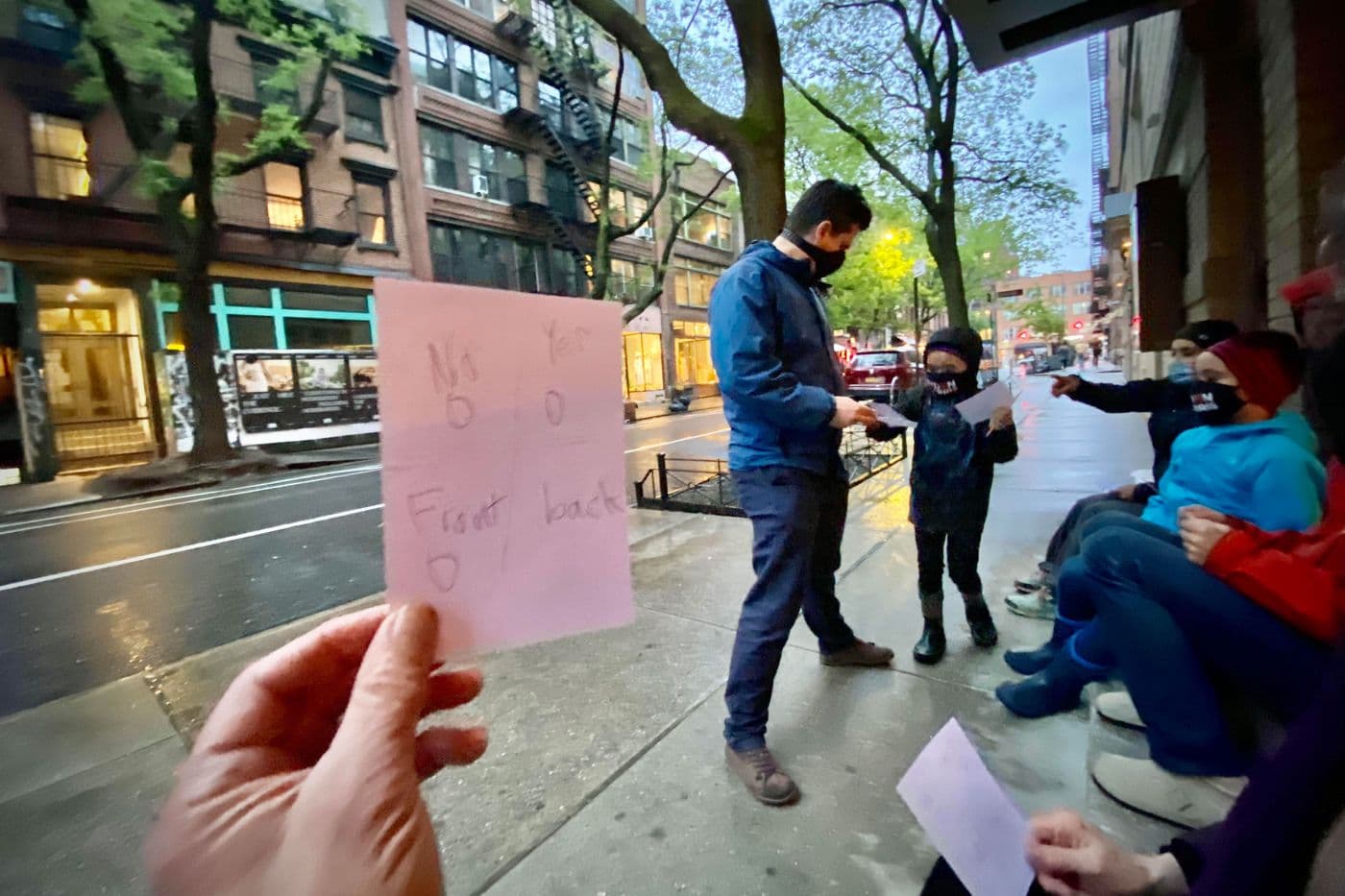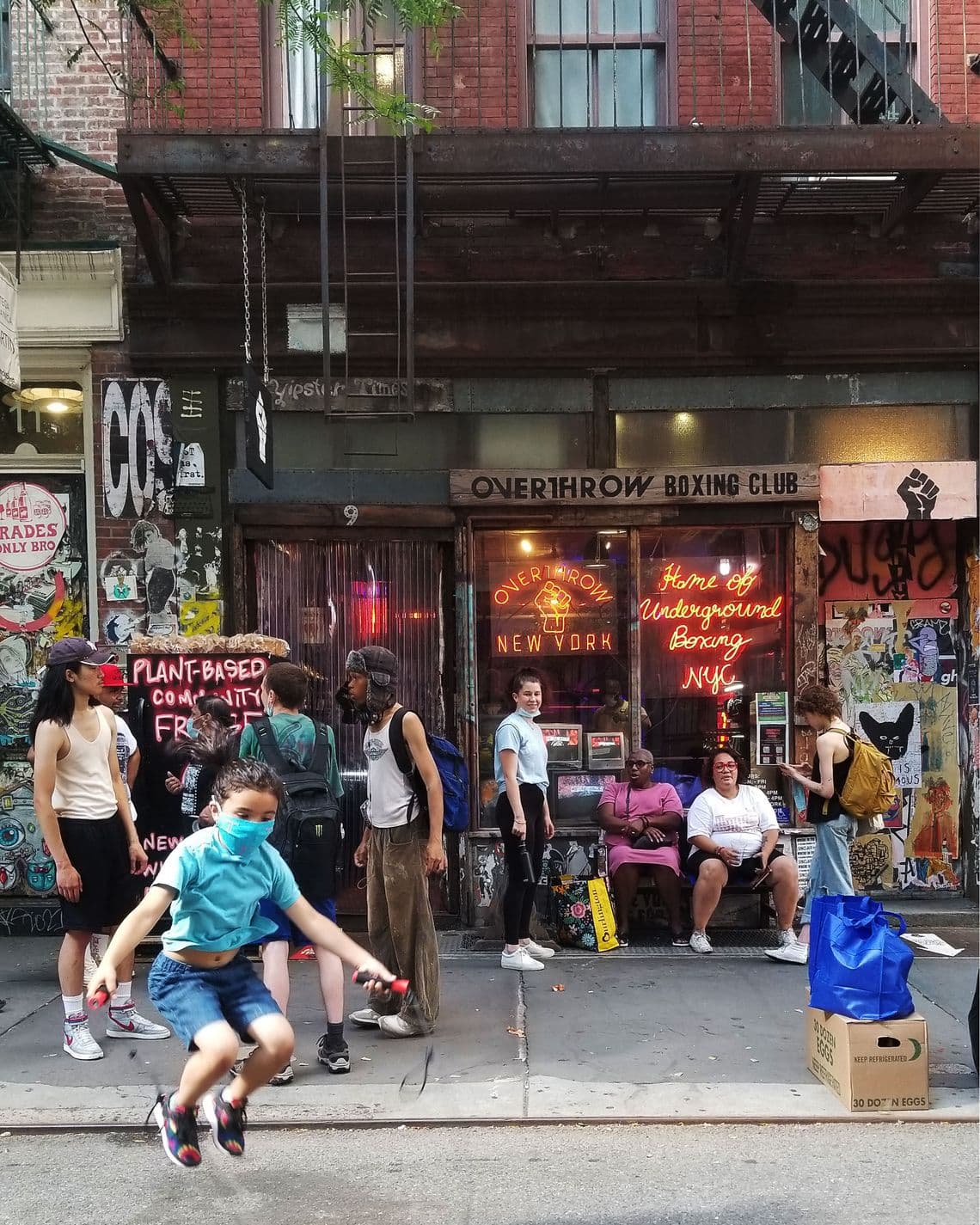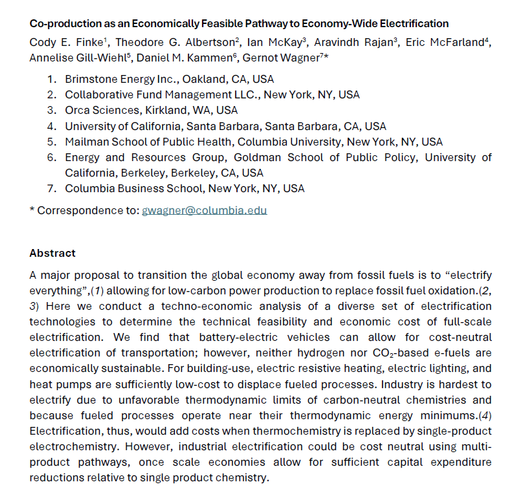How I Greened My Prewar Co-op
A climate economist overhauls his leaky, 200-year-old co-op.
Most New Yorkers live in small apartments and don’t drive, two of the most important factors that make cities so climate-friendly. Just by living as New Yorkers, we cut our carbon footprints by around 50 percent, compared to the average suburban household. For this, many of us congratulate ourselves.
But as a climate economist, I look at how policy can reduce carbon pollution and other greenhouse gases heating the planet at the scale of a city or country. And however proud we might be of big-city, small-apartment living, most emissions actually come from the buildings we call home. New York City, along with Paris, Tokyo, and other major cities, has committed to making new buildings net-zero in carbon impact by 2030. But what about the buildings that went up well before energy efficiency entered the collective consciousness?
I live in one of them. Two years ago, we moved from Cambridge, Massachusetts, into a 200-year-old, third-floor walk-up in lower Manhattan — by bike, no less, along with the aid of trains and ferries. The location was strategic: a few minutes’ walk to my office, a ten-minute bike ride to my gynecologist spouse’s. The climate impact of our commute: net-zero carbon.
The size — a 750-square-foot loft — was intentional. Our old Cambridge apartment was over twice the size, with four bedrooms, a living room, a balcony — the works. Most of our home life? Happily crammed into the 200-square-foot kitchen, which was rather small for a family of four cooking, playing, and working together. Now we share a true loft — our “Great Room,” as we call it, in real-estate lingo.
The size of our loft alone cuts carbon quite a bit. I’m more likely to borrow a baking pan or a puzzle from the neighbor than go out and buy my own. There’s not much room for extraneous stuff when the kids’ area serves as a pandemic dojang for Taekwondo in the afternoon and then converts into a cozy home theater on Friday evenings, to be cleared completely for their Murphy bunk bed each night. Even better, of course, is the fact that our apartment is stacked on top of three others. Altogether, our building takes up around 2,200 square feet on the ground, the size of many suburban homes. Here, though, that footprint gets divvied up by seven households.
But our 200-year-old building is leaky. Our first summer in the city, we installed a single window air conditioner — rented, of course. It ran almost 24/7 for a few weeks in a row. I couldn’t help but think that whenever Con Edison sent one of its “green team” notices suggesting some easy fixes that could save hundreds in air-conditioning costs, it was pointing a finger at us. Our utility bill one month was $450.
We had always planned on tackling a renovation sooner or later, swapping appliances and adding some insulation in the process. A few nights sleeping next to the rattling air conditioner were enough for us to go all in.
New to homeownership and the city, I started Googling. “Best contractor near me” didn’t yield what I hoped for. “Climate-proofing your home” was useless, too. From my day job studying climate policy, I knew that Germany had some of the most stringent carbon-cutting building codes in the world. I spoke the language, so why not go straight to the source?
To meet German passive-house standards, we’d need thick, well-insulated walls, triple-glazed windows, and solar water heaters on the roof, among many other measures. We’d never quite get there — cost for one, but also because we only own the apartment. The co-op owns the outside walls and windows. The Landmarks Commission owns the “aesthetics,” so, for example, exterior solar blinds installed outside the window frames, to prevent the sun from hitting the glass, were out.
We focused on our own 750 square feet. It helped to have an in-house designer: One of our neighbors had just gut-renovated his own loft, two floors below ours. He also introduced us to the perfect general contractor. As soon as I saw him roll in from his Brooklyn brownstone with a tricked-out black Mercedes van, complete with a “CARPNTER” license plate, I knew we were in business. He wasn’t exactly fluent in German passive-house standards, but he had the kind of attention to detail and willingness to learn that made the process downright pleasant. (How else to describe a contractor who opens up the ceiling above the bed during the day and ensures that we can sleep in the bed underneath it that same night? It’s as if he was never there, except for the photos he sent us.)

Closed-cell foam ceiling insulation — a major part of the renovation budget — finally gave a layer of protection between the ceiling and the building roof. Photo: Michael Russell
From the start, he took one look at the ceiling and burst out laughing: “That’s half your electricity bill right there.” Our ceiling was half an inch of sheetrock, and then nothing — not even an inch of insulation — until the roof, itself in need of repair. The five skylights didn’t help, especially two that were decades old.
We had budgeted around $50,000 for the renovation, new appliances included. We ended up spending over $100,000, not including any of the appliances. $22,000 went into insulation alone, much of it disappearing into the ceiling. Another $10,000 went into electrical wiring, to allow us to cut the gas line and install a new induction stove and oven in the kitchen as well as put a heat pump on the roof. (That heat pump— which is essentially an air conditioner that can be run in reverse to heat homes — plus the cost of hiding its ductwork in the bathroom ceiling ran another $35,000.) We swapped our fridge and dishwasher for the most energy-efficient German models (around $5,000 each), and changed every light into a hyperefficient LED on a dimmer.
The only appliance which we didn’t go for the most energy-efficient version was the Wi-Fi router. We chose performance instead, to allow us to manage the dozen devices online at any one time, including our Nest thermostat, which goes into “Eco” mode when it senses that nobody is home. I’m still not sure why an oven should have its own IP address, other than to have the manufacturer check up on our pandemic bread-baking. But having the dishwasher online is already useful, even though the web-enabled energy savings doesn’t quite work as advertised the way it does in Germany. That would take Con Ed telling the dishwasher when to turn itself on (presumably in the middle of the night) to use the cheapest electricity, but its pricing isn’t this advanced. Either way, the energy savings compared to any 20-year-old “contractor-grade” dishwasher are still significant.
But the best value for the money, bar none, comes from the two new operable skylights that replaced our leaky ones. Our contractor gave us two options. The first was fixed skylights that would let in light but otherwise leak air all year long. The co-op would pay for those, as part of long-standing renovations that had been progressing slowly for over a decade before we arrived. The second option was to get solar-powered skylights that automatically open and close to help control temperature, humidity, and indoor carbon dioxide levels. Their location within our unit would mimic the kind of airflow German passive houses are designed for. They cost the same, so we chose the solar option instead.
This is because both the State of New York and the federal government subsidize homeowners who install solar panels on their roofs (as they should). It doesn’t seem to matter to the tax code that the solar panels we have are tiny — measured in inches rather than feet, and mounted directly on the skylights to provide just enough electricity to open and close them. Our teeny-tiny panels count, even though they don’t produce any electricity for the rest of the home. The resulting energy savings of our operable skylights turn this into that rare instance when tax incentives come with an apparent loophole that actually does a lot of good.
More of these kinds of incentives at the federal, state, and city level would allow more people to be able to afford to decarbonize their homes. We were lucky to be able to spend $100,000 and then some on a home renovation. Sure, our own Con Ed bill is now down to around $100 a month, but it will still take decades for us to recoup our initial outlay.
Not everything costs a lot of money, though. A new $6,000 door might provide greater security, soundproofing, and insulation, but the quickest fix for the drafty front door is a plastic draft stopper that goes for $9.99 at the hardware store around the corner. We learned that after first opting for a $200 solution recommended by our contractor. It looked fancier but didn’t quite work, largely because of our crooked door frame, and prompted us to switch to the plastic stopper within a month.
Lots of other costs are coming down fast. Thanks to rapid technological improvements and learning-by-doing on the part of roofers and electricians, solar panels now cost a tenth of what they did a decade ago. Induction stoves used to go for thousands of dollars, but you can now get an apartment-sized induction plate for well under $100.
In New York City, Local Law 97, which goes into effect in 2024, offers big incentives to developers and owners to cut emissions, such as financing up to 100 percent of project costs with heavily subsidized loans that are paid back via property taxes. It isn’t just incentive-based — those that don’t comply will face penalties. The long-term goal is to cut 40 percent of emissions by 2030 and 80 percent by 2050. But it only applies to buildings greater than 25,000 square feet. Our building is too small to be covered, though that shouldn’t leave us scot-free.

The author’s 7-year-old child takes a poll of co-op residents: Where to add a climbing wall. Photo: Peter Cunningham
Now, as co-op board president for the past six months or so, I’m looking at what changes we can make to the entire building as I help manage the last phase of its long-standing renovation. There are climate questions aplenty: Should we add (bigger) solar panels on our roof? How much insulation do we put in our building’s back wall? There’s also a bit of daydreaming: Why not use the empty space under our sidewalk to install a mini-version of one of these snazzy Japanese bike-storage facilities? (Why not? Too costly.)
But my immediate job is rather easy: Five of our six neighbors have already installed heat pumps in the past couple of years in place of air conditioners, and I didn’t even have a hand in that. What helps make these kinds of decisions is the community spirit fostered by sharing space in the city. That goes for neighbors scheduling the noisy demolition phase of their renovation with plenty of warning to allow the next-door residents to skip town. It also goes for the city block — from the vegan community fridge a few doors down for sharing extra food to the Open Street that allows us to gather safely together.
But beyond our building and our block, the fact remains that cities must cut carbon, and they need to attract more people to live in them in the first place. That means building more and better housing — the kind that comes without a gas line and with heat pumps, LEDs, and insulated walls and windows from the get-go. It also means investing in what’s currently there. For the city’s 200-year-old buildings, that effort can’t just be left to the odd climate economist turning his own home into a carbon retrofit lab. Not every prewar building is worth greening. Many are.

Exercising during Open Street hours in front of the community fridge. Photo: Gernot Wagner
First published by Curbed/New York Magazine on 12 August 2021 with the title "How I Greened My Prewar Apartment (It Wasn’t Easy). A climate economist overhauls his leaky, 200-year-old co-op."

